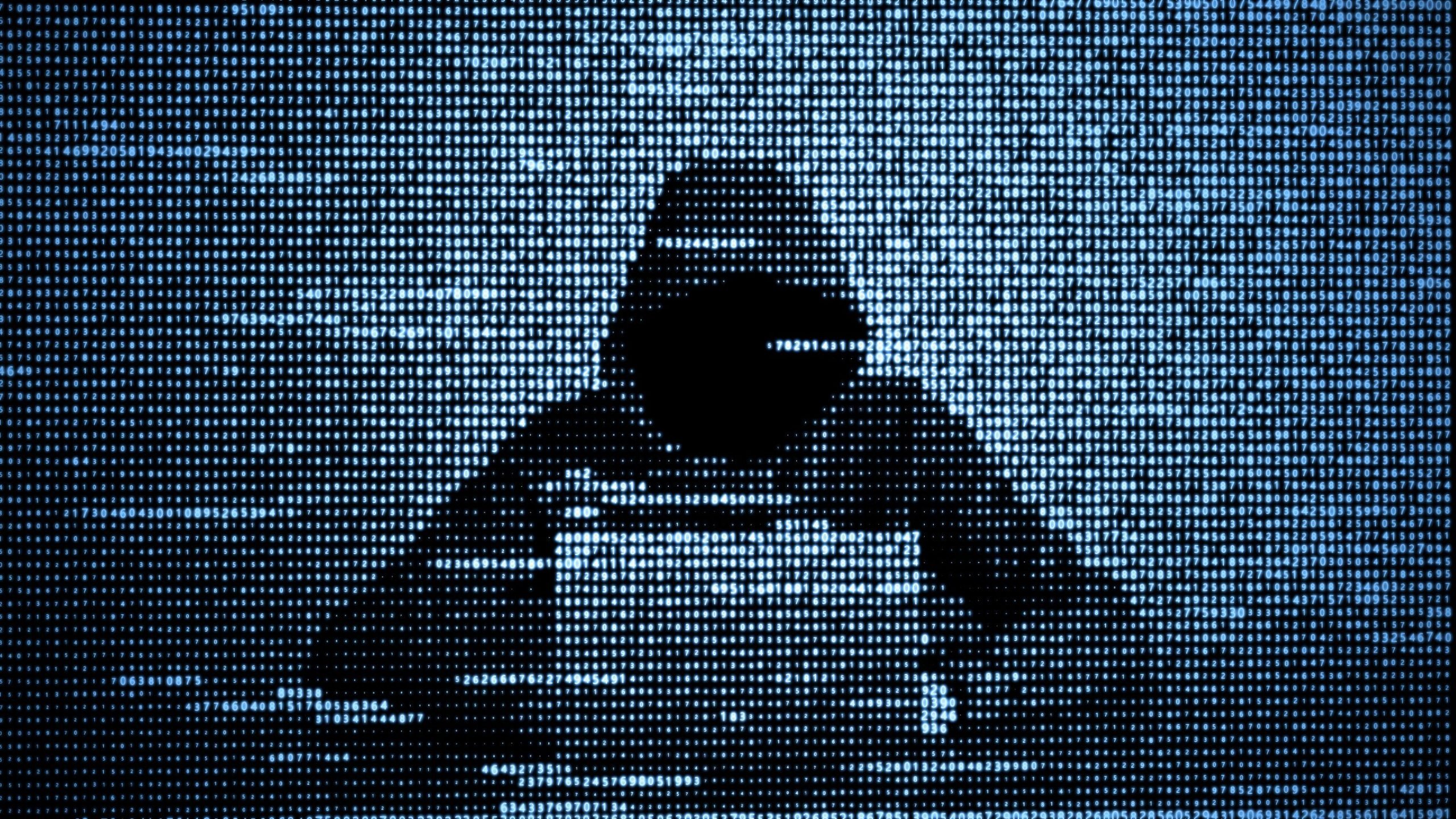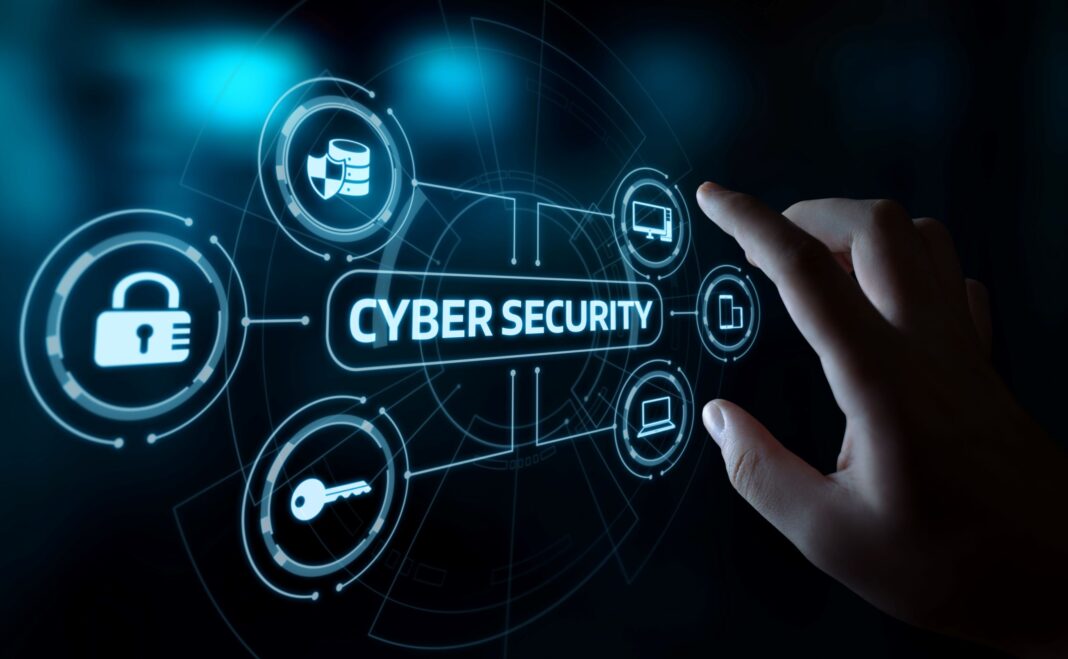With so many cyber attacks happening daily, it can be difficult for enterprises to keep up. According to a survey, over 70% of businesses admitted they lack robust digital safeguards and thus are unprepared for online attacks.
This is bad news, as hackers have become more sophisticated and less discriminating against their targets. Experts have also warned that when it comes to online attacks, it’s not a matter of who but when.
While it’s understandable for large corporations to be more vulnerable to risks, a recent report has discovered that small businesses are three times more prone to be targeted by online fraudsters using multiple methods.
Cyberattacks can severely damage any enterprise, so a proactive approach is the best defense. And this is where cybersecurity hygiene comes in. Like traditional hygiene practices, companies must introduce multiple methods to reduce the risks of cyberinfrastructure infections. Below, you’ll find the list of the best cybersecurity hygiene practices you can consider for your business.
What is cybersecurity hygiene, and why is it important?
 Cybersecurity hygiene, also known as cyber hygiene, refers to the activities all users must perform to maintain system health and online safety. You can create a list of best practices by identifying all the elements contributing to online security issues. In addition, constant training for your employees must also be done to turn cyber hygiene into a habit-forming digital security culture.
Cybersecurity hygiene, also known as cyber hygiene, refers to the activities all users must perform to maintain system health and online safety. You can create a list of best practices by identifying all the elements contributing to online security issues. In addition, constant training for your employees must also be done to turn cyber hygiene into a habit-forming digital security culture.
A recent survey shows the global average cost of a data breach is USD$ 4.35 million, less than half the cost in the United States, pegged at USD$ 9.44 million. And while there are numerous ways a hacker can illegally access enterprise data and networks, establishing sound cyber hygiene practices is proven the most effective in mitigating the risks.
- Prevent social engineering attacks
Hackers often use the human vulnerability to introduce ransomware and other attacks called social engineering attacks. In this approach, cybercriminals usually research their individual and corporate targets. They then send emails, text messages, or voice mails to convince unsuspecting users to provide confidential information, send money, or access a file that introduces malware, and ransomware, among others.
Vishing, phishing, and whaling are some of the common tactics. Additionally, cybercriminals use scams like business email compromise (BEC) to convince their targets to siphon off large amounts of cash.
Here’s how you can prevent them:
- Subscribe to an email encryption service to mitigate the risks and impact of these vulnerabilities
- Train employees on how to spot and handle suspicious messages
- Refrain from clicking any links or downloading files from unknown sources
- Never give out their usernames and passwords
Social engineering attacks are damaging to any organization. According to the Federal Bureau of Investigation (FBI), victims have lost USD$ 43 billion from BEC schemes and slightly more from phishing and ransomware attacks.
- Strengthen protection
A cybersecurity hygiene checklist isn’t complete without the basic practices of anti-malware and anti-virus installations. Some hackers might use other tactics besides social engineering attacks, so your business network may still be vulnerable.
These types of software can protect your system from common attacks. Both can detect potential and risky programs on your computer and get rid of them. However, it must constantly be updated to fight the most recent software bugs. Similarly, users must update their software programs and patches.
- Implement strict cybersecurity rules for onsite and remote workers
Work-from-home arrangements have become part of the new normal. With more businesses offering flexibility, there’s an increasing need to strengthen cybersecurity protocols to reduce threats. That said, remote employees should follow airtight rules alongside on-premises staff.
A comprehensive document must be circulated to prevent potential breaches through the following:
- Create a separate security protocol for cloud usage
- Review access rights as some data and information are confidential
- Exclusively use a secure connection to prevent hackers from collecting information
- Install anti-malware and anti-virus software
- Update software regularly
- Use a Virtual Private Network (VPN) to help shield external threats
- Use encryption to make data useless to hackers
- Never share passwords
- Don’t mix business and personal device use
- Keep office devices nearby
Adding another layer of security for remote workers is necessary for stronger protection. For instance, mobile workers must ensure their business devices remain secure and won’t get lost or stolen.
- Use strong passwords and multi-factor authentication
Passwords enable users to safeguard files and their accounts, making password cracking a worthy exercise for hackers. As such, it’s vital to have additional layers of authentication for added security.
According to Verizon’s 2022 data breach report, about half of security and data breaches stemmed from using stolen credentials, like passwords. The research also discovered an increase in these incidents since 2017, prompting them to conclude that most hackers rely on this method to gain unauthorized access to personal and business information. Unfortunately, this attack vector takes the longest to be detected, at 327 days, per a separate report from tech giant IBM.
Here’s how you can make your business files and enterprise data safer against cyberattacks:
- Create a unique password that’s hard to guess
- Change passwords frequently
- Implement multi-factor authentication (MFA) or biometrics
Adding another layer of security is a must in every business. Most cyber insurance providers require applicants to implement MFA as a basic security method and may refuse claims from enterprises without such.
- Train and retrain your staff on cybersecurity
According to a survey by Deloitte, cyber hygiene issues are a top concern among chief information security officers, especially in financial services. For one, building a cybersecurity culture requires constant effort. This is where your staff’s participation comes in.
Aside from training them on cybersecurity measures, it’s also essential to explain to them how personal and enterprise data can be compromised when using laptops, computers, and smartphones. You could discuss the damaging effects of cyberattacks on the company and how it may affect their lives, especially if their personal data were stolen.
Additionally, you can also ask for their input on improving online and offline security protocols and inform them of any updates to increase awareness and engagement.
- Craft a strong data backup and recovery plan
No entity is immune from online attacks despite installing and implementing cybersecurity safeguards. For one, high volumes of business data are being created, exchanged, and updated daily. Hackers might be able to intercept sensitive data online and offline, so it’s a must to have an enterprise data backup plan.
This entails creating guidelines for the frequency of backups, which files to prioritize, expanding your storage space, and implementing the 3-2-1 backup rule, which recommends storing three copies of data on two physical and online storage types, like cloud storage technologies, and keeping a copy off-site. Doing so can make data recovery easier and the disruption downtime shorter.
- Conduct regular vulnerability assessments
Besides implementing the strict security protocols mentioned above, it’s also crucial to perform regular vulnerability checks to minimize the likelihood of attacks. You may consider hiring third-party IT experts, including an ethical hacker, to expose security weaknesses. Furthermore, discuss the security risk assessment report and which areas need to be prioritized or addressed immediately.
Conclusion
All organizations are vulnerable to cyberattacks, regardless of the scale or niche of your business. With that, enterprises must proactively strengthen their defenses by upgrading hardware, software, and staff knowledge.
The checklist above aims to protect your firm from security breaches. While these may incur costs, it’s a small price to pay to prevent any cybersecurity incident that may cause further damage and loss to your business.
Also Read: Cybersecurity Best Practices for Small Organizations



